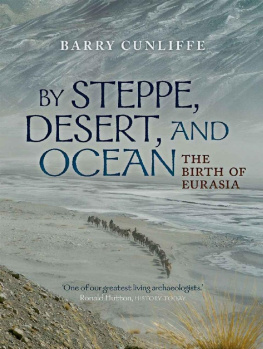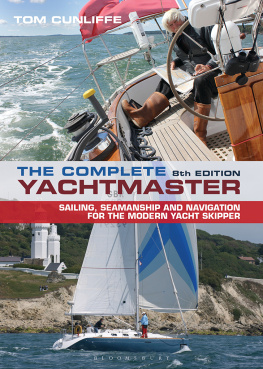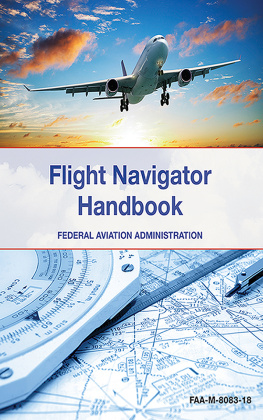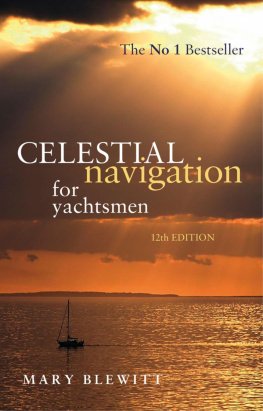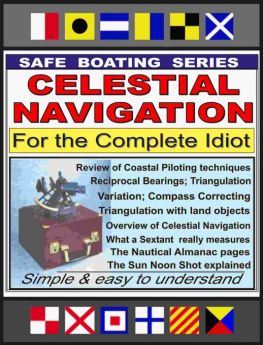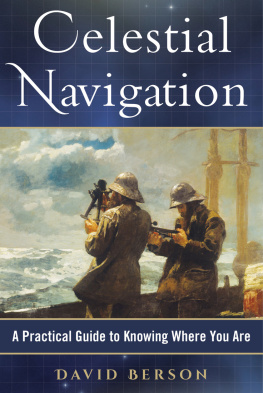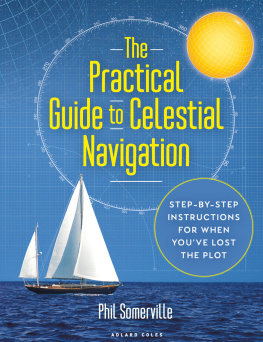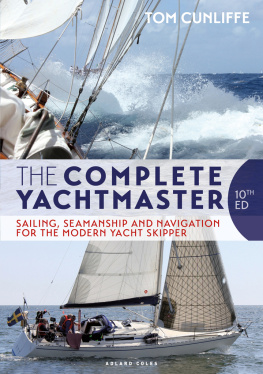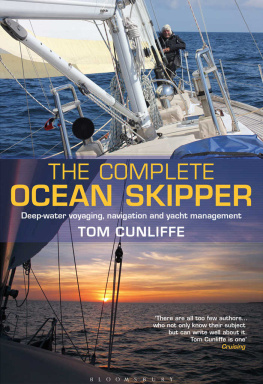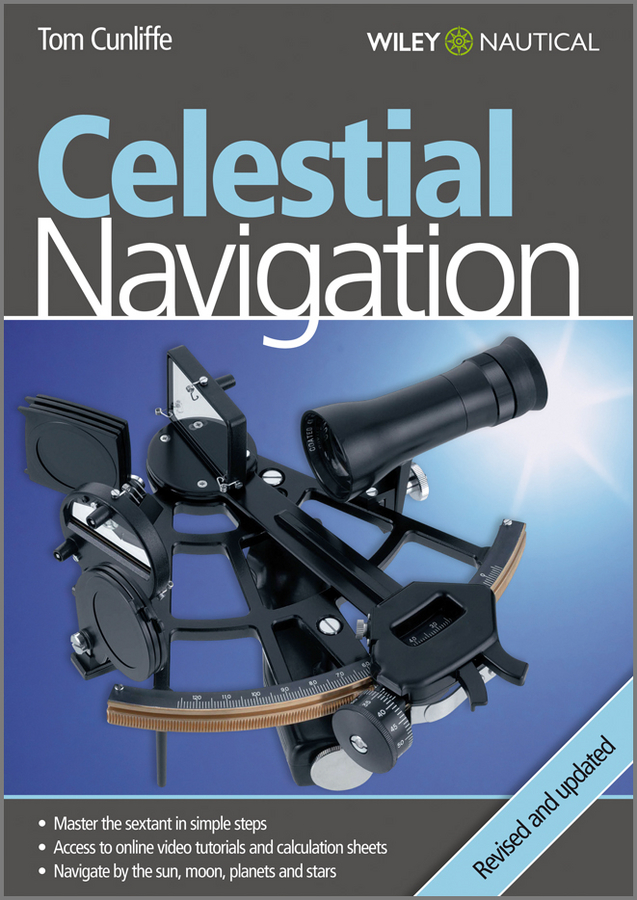Contents

This edition first published 2010 2010 Tom Cunliffe
Registered office
John Wiley & Sons Ltd, The Atrium, Southern Gate, Chichester, West Sussex, PO19 8SQ, United Kingdom
For details of our global editorial offices, for customer services and for information about how to apply for permission to reuse the copyright material in this book please see our website at www.wiley.com .
The right of the author to be identified as the author of this work has been asserted in accordance with the Copyright, Designs and Patents Act 1988.
All rights reserved. No part of this publication may be reproduced, stored in a retrieval system, or transmitted, in any form or by any means, electronic, mechanical, photocopying, recording or otherwise, except as permitted by the UK Copyright, Designs and Patents Act 1988, without the prior permission of the publisher.
Wiley also publishes its books in a variety of electronic formats. Some content that appears in print may not be available in electronic books.
Designations used by companies to distinguish their products are often claimed as trademarks. All brand names and product names used in this book are trade names, service marks, trademarks or registered trademarks of their respective owners. The publisher is not associated with any product or vendor mentioned in this book. This publication is designed to provide accurate and authoritative information in regard to the subject matter covered. It is sold on the understanding that the publisher is not engaged in rendering professional services. If professional advice or other expert assistance is required, the services of a competent professional should be sought.
Photo credits pages 10, 11, 12, 14, 15 and 16: Lester McCarthy/Yachting Monthly/IPC+ Syndication
Thanks to charter and events specialists, Lymington Yacht Charters, for the provision of a yacht for the filming of the video tutorials. Tel: 01590 676470; www.lyc.co.uk
Library of Congress Cataloging-in-Publication Data
Cunliffe, Tom.
Celestial navigation / Tom Cunliffe. Rev. and updated, 3rd ed.
p. cm.
ISBN 978-0-470-66633-3 (pbk. : alk. paper) 1. Yachting. 2. Nautical astronomy. 3. Navigation. I. Title.
GV813.C785 2010
797.124'6dc22
2010013938
A catalogue record for this book is available from the British Library.
Artwork by Creative Byte
Set in 9/9.8pt Humanist 777 BT Light by Toppan Best-set Premedia Limited

Wiley Nautical sharing your passion.
At Wiley Nautical were passionate about anything that happens in, on or around the water.
Wiley Nautical used to be called Fernhurst Books and was founded by a national and European sailing champion. Our authors are the leading names in their fields with Olympic gold medals around their necks and thousands of sea miles in their wake. Wiley Nautical is still run by people with a love of sailing, motorboating, surfing, diving, kitesurfing, canal boating and all things aquatic.
Visit us online at www.wileynautical.com for offers, videos, podcasts and more.
Introduction
NAVIGATION is that art which instructs the mariner in what manner to conduct a ship through the wide and trackless ocean, from one part to another, with the greatest safety, and in the shortest time possible.
JW Norie Nories Practical Navigation (mid-nineteenth century)
For a thousand years, celestial navigation in one form or another has guided mariners across the trackless oceans. Since the days of Captain Cook, a seaman with a clear horizon and a glimpse of the heavens has needed only a sextant and a chronometer to ascertain his position to within a mile or two.
Only the most cynical of navigators has not at some time looked at the fix on his chart in awe, remembering that the position lines have been derived from stars and galaxies marching at unimaginable distances through space. Whilst the electronics of the new era can only stand to increase mans pride in his own works, the celestial navigation of the ages encourages a deep humility which, at sea in a small vessel, is no bad thing.
Ocean navigation has changed utterly in the 35 years between my first venture across the Atlantic as skipper and my most recent crossing of the same stretch of water. From celestial navigation as the only option, we have stumbled through a dawn period of transit satellites into the full daylight of universal GPS, Galileo and GLONASS. If the bulkhead GPS fails for any reason out on the wide ocean, the skipper simply reaches into his kitbag for the back-up unit he bought at the boat show for the price of his nights lodging. Those whose experience of technology has presented a catalogue of disappointments may even have invested in more than two such wonders.
From the beginnings of seafaring, mankind navigated under the inescapable reality that for much of the time his position was seen through a frosted window. All at once, in the early 1990s, technology leapt ahead. An exact fix became available whenever it was desired. For the foreseeable future, therefore, mainstream navigators will use satellite systems as their primary fixing tool. Celestial navigation is deposed from its hitherto unassailable situation at the summit of the navigators achievement. Overnight, the skills of the ages were degraded to mere back-up against the ultimate catastrophe, loss of volts. For many sailors, however, the change is to be lamented as well as welcomed.
Until a few years ago, students plunged into the Celestial Navigation section of the Yachtmaster Ocean syllabus in earnest. Without it, they would have been truly lost while off soundings. Except in an emergency, this is no longer the case, but it does not mean that when things are going smoothly on the electronic front the old ways should be consigned to an unvisited corner of the mind.
Daily connection with the heavens used to serve as a constant reminder of our own ultimate insignificance which did wonders for any skipper tempted by megalomania. Together with this metaphysical aspect to astro navigation came an inevitable degree of uncertainty about ones exact position which bred seamanlike caution. When finally dispelled by a good landfall, this gave rise to an elation that no longer has a parallel. All this is potentially lost to the electronic navigator.
Of greater concern to some, however, will be that sextant work, like all arts, requires continuous practice to achieve any real proficiency. It just isnt sufficient to take a couple of sun sights on a short passage and send them to an examiner who may then declare you an Ocean Yachtmaster. The traditional daily round of morning or evening stars and the forenoon sight of the sun followed by a noon latitude not only gave rhythm to the watch system, it also bred a facility with the tools that todays navigator will still need if the electronics ever go down. And one thing at least is certain: the firmament will continue to blaze long after the last navigational satellite has escaped into deep space, or burned up in the final truth of its re-entry.
For all these reasons, any skipper of a yacht on the ocean should make the effort to master celestial navigation. The methods and techniques have been set out here in a form that will get you navigating by the sky as soon as possible-long before you have finished the book-but do not for one moment suppose that because the Sun makes its appearance in these pages before the stars that it is more important. You have to start somewhere and the Sun is pretty hard to miss, so its the best thing on which to practise using your sextant. It wont help you much though, if you are expecting a dawn landfall on an unlit coast and you are wondering where you are. It wont be around to be observed until after breakfast, and then it will only offer a single position line. Morning stars and a planet thrown in for good measure will, if the sky is clear, fix your position to within a mile or so. As you will see, stars are surprisingly easy to operate with; the planets are our neighbours under the Sun, and simple to reduce; the Moon is so close that its movements are a challenge but, given proper respect, it will smile wryly down on our efforts and provide a useful signpost.


